Ornamenting Brooklyn: The Fashion of Terra-Cotta
Brooklyn is home to both monumental and everyday examples of this versatile material.

Editor’s note: This story is an update of one that ran in 2010. Read the original Part 1 here and Part 2 here.
As most people know, terra-cotta literally translated means “burnt earth,” a term the Romans used to describe glazed or unglazed fired clay employed primarily as architectural elements, statuary and urns.
Susan Tunick, in her seminal book, “Terra-Cotta Skyline,” which is the bible of New York City’s terra-cotta heritage and the source of much of my information, calls our city the clay jungle, as opposed to the usual concrete jungle, because there is such a richness of terra-cotta ornament here.
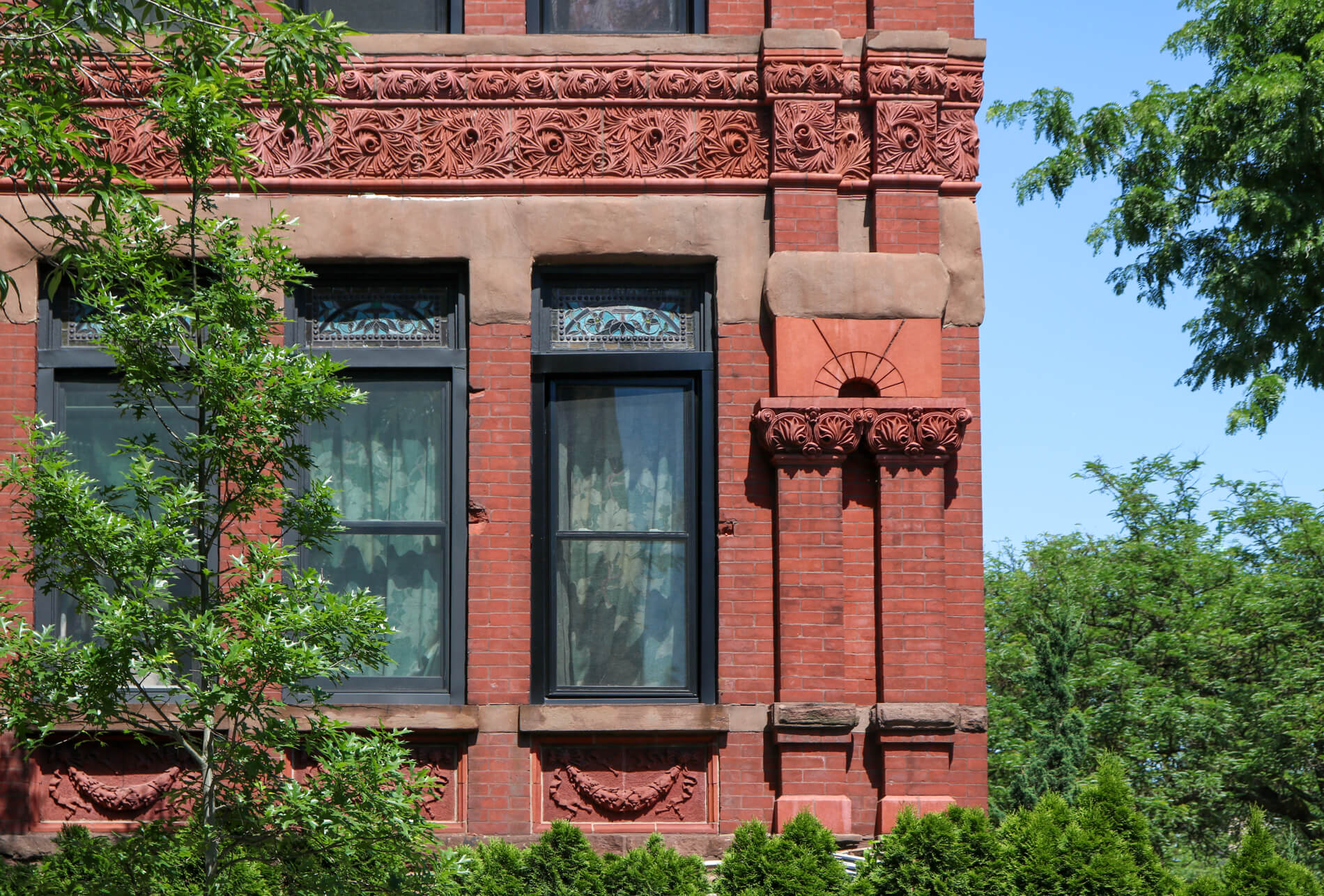
Terra-cotta started to show up on Manhattan facades in the late 1840s, and was widely used for ornament starting in the 1880s. It also played an important role during the Art Deco period of the 1920s and 30s.
Brooklyn is home to examples that are monumental and important in the use of this versatile material, and the borough is also full of smaller, yet wonderful examples that enhance and beautify the residential and commercial buildings we pass every day.
In the beginning of the terra-cotta revival, in the late 1870s, New York architects went to the fired-clay manufacturers who were busy making fireclay brick, fire partitions, chimney pieces and gutters, because there were no decorative terra-cotta companies, at least not in the New York City area.
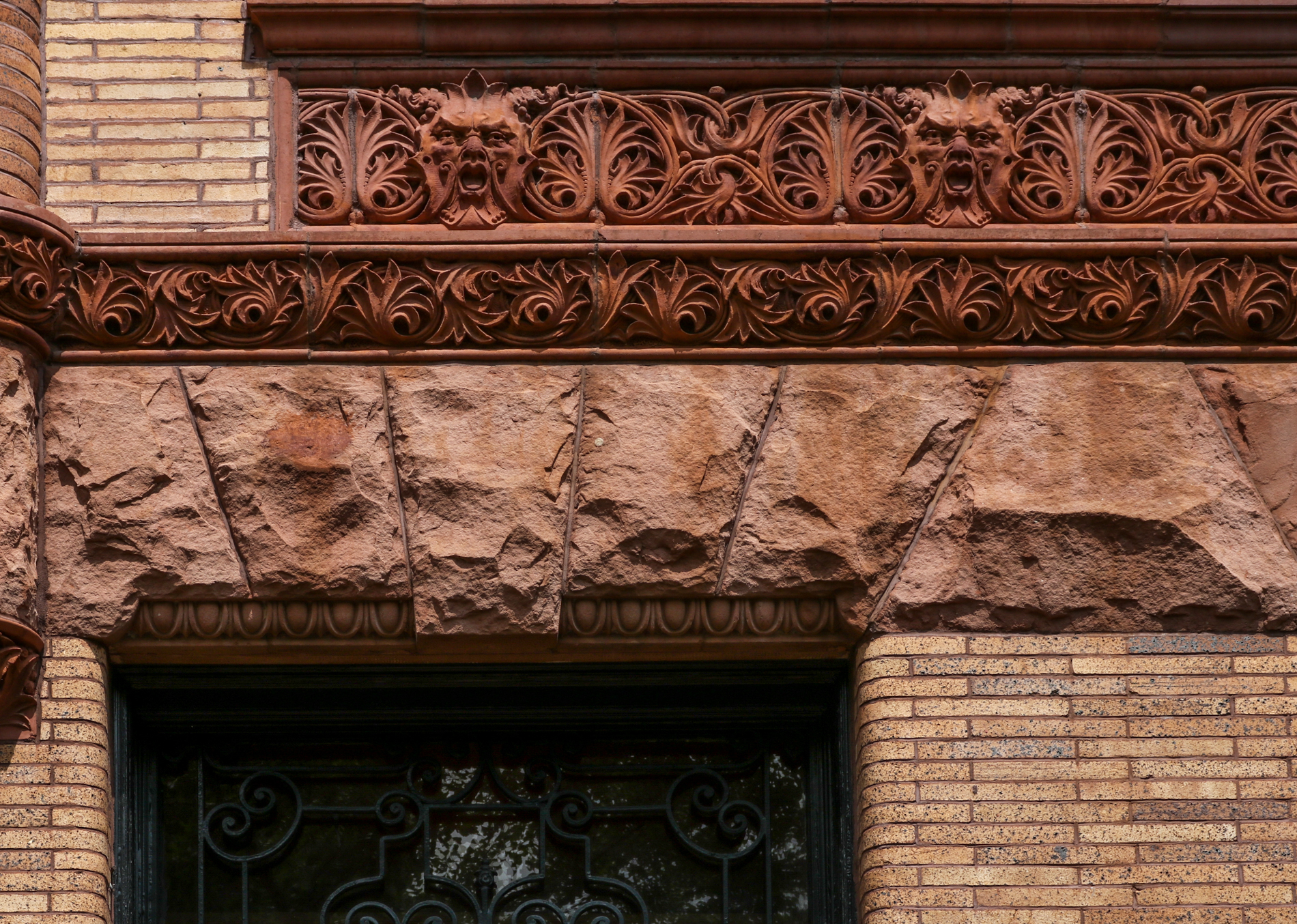
It didn’t take the manufacturers long to realize this new decorative market had unlimited potential. The Perth Amboy Terra-Cotta Company in New Jersey was one of the closest to the city, and was responsible for the fine terra-cotta used on the facade of the Long Island Historical Society, now the Brooklyn Historical Society, when its Brooklyn Heights headquarters was built in 1878-81.
The New York Architectural Terra-Cotta Company, located on the river’s edge of Long Island City in Queens, opened in 1889, and was soon the largest terra-cotta plant in the country, covering acres of river front.
Today, only the landmarked office building, designed by the Montauk Club architect Francis Kimball, remains as a reminder of this enormous plant. Kimball must have been a frequent customer of the company as well, as the Montauk Club is a terra-cotta wonder.
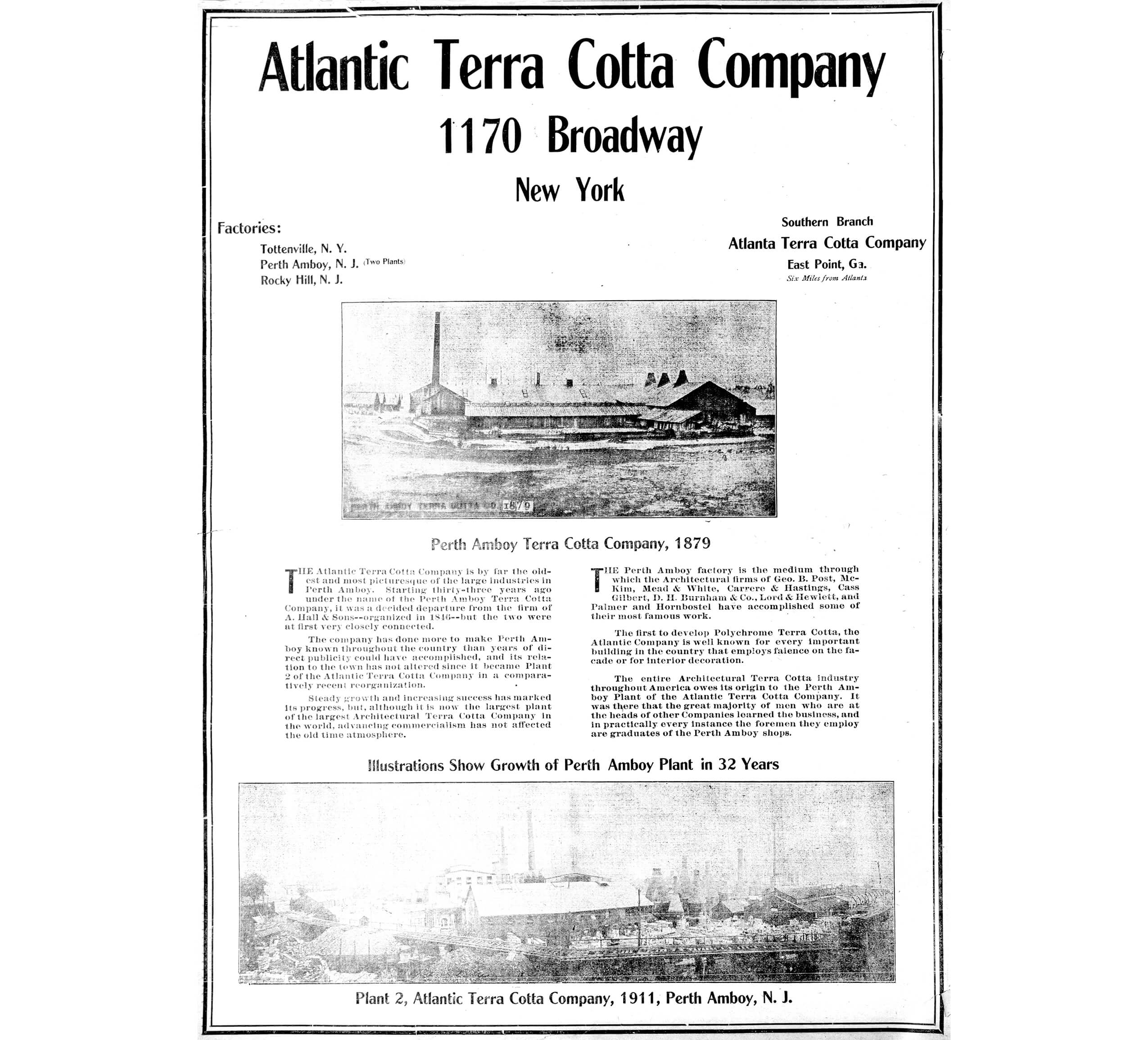
With the invention of the elevator, and as building were getting taller, terra-cotta, as a lighter weight decorative building material, was seen as a viable alternative to stone.
Terra-cotta’s fire resistant qualities also made it an excellent filler material for the new steel framed skyscrapers, but its widespread use met with resistance.
Because most of the terra-cotta produced up to this time was a buff stone color, many critics found terra-cotta’s ability to mimic stone to be cheating, and of course, stone cutters and carvers were worried that terra-cotta would drive them out of jobs.
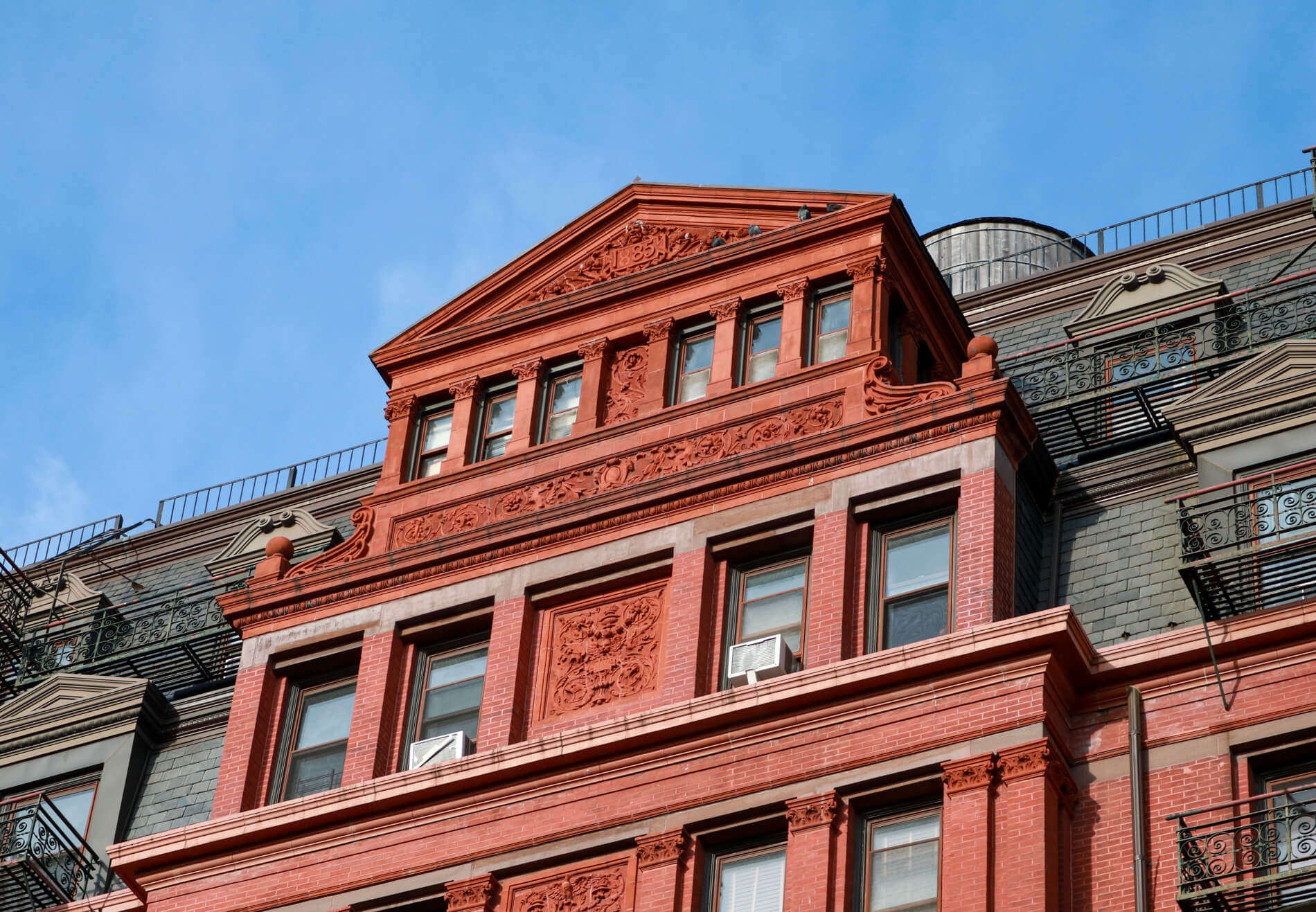
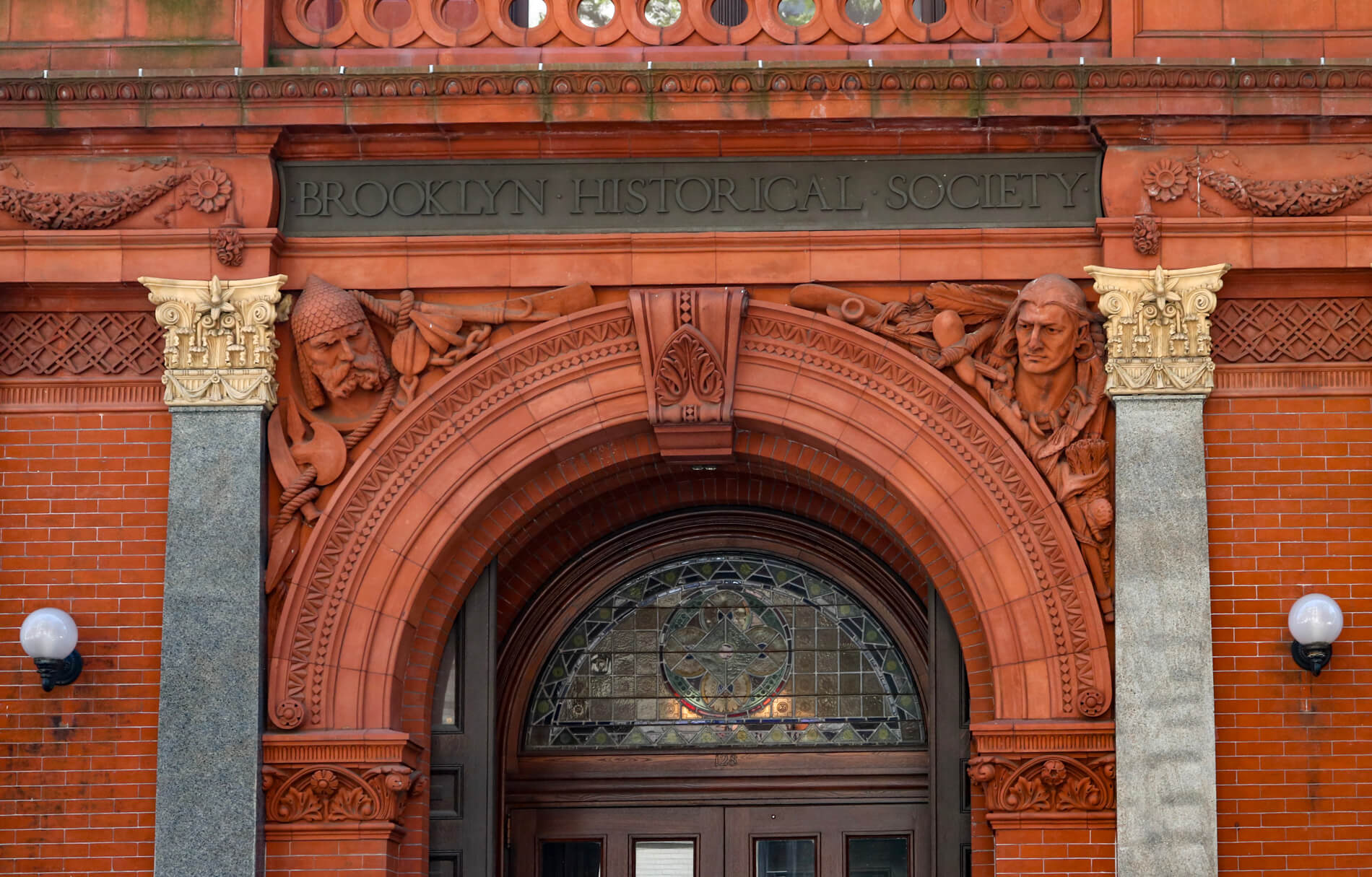
George Post, the architect of the Long Island Historical Society Building, was one of the first proponents of the use of natural red brick colored terra-cotta, and the success of that building opened the floodgates of innovations to follow. It was a natural to adorn brick buildings with brick-colored terra-cotta. The imagination ran wild!
By 1900, New York City was beginning to become the skyscraper-filled towering city we know today. That iconic look would have been impossible without terra-cotta.
Some of the early 20th century icons of Manhattan architecture, such as the Woolworth Building, the Flatiron Building, the Bayard Building, and many others, especially in lower Manhattan, were built with terra-cotta sheathing and ornament.
The process — from an architect’s design through model making, figuring out the composition of the clay from an engineering prospective, production, and finally shipping — is fascinating, and involved many skilled and unskilled workers, all working to provide tons of finished product.
The Queens-based Atlantic Terra-Cotta Company and the Perth Amboy Terra-Cotta Company in New Jersey, as well as the other New Jersey companies, were busy day and night, with materials coming in and shipments going out by barge continuously.
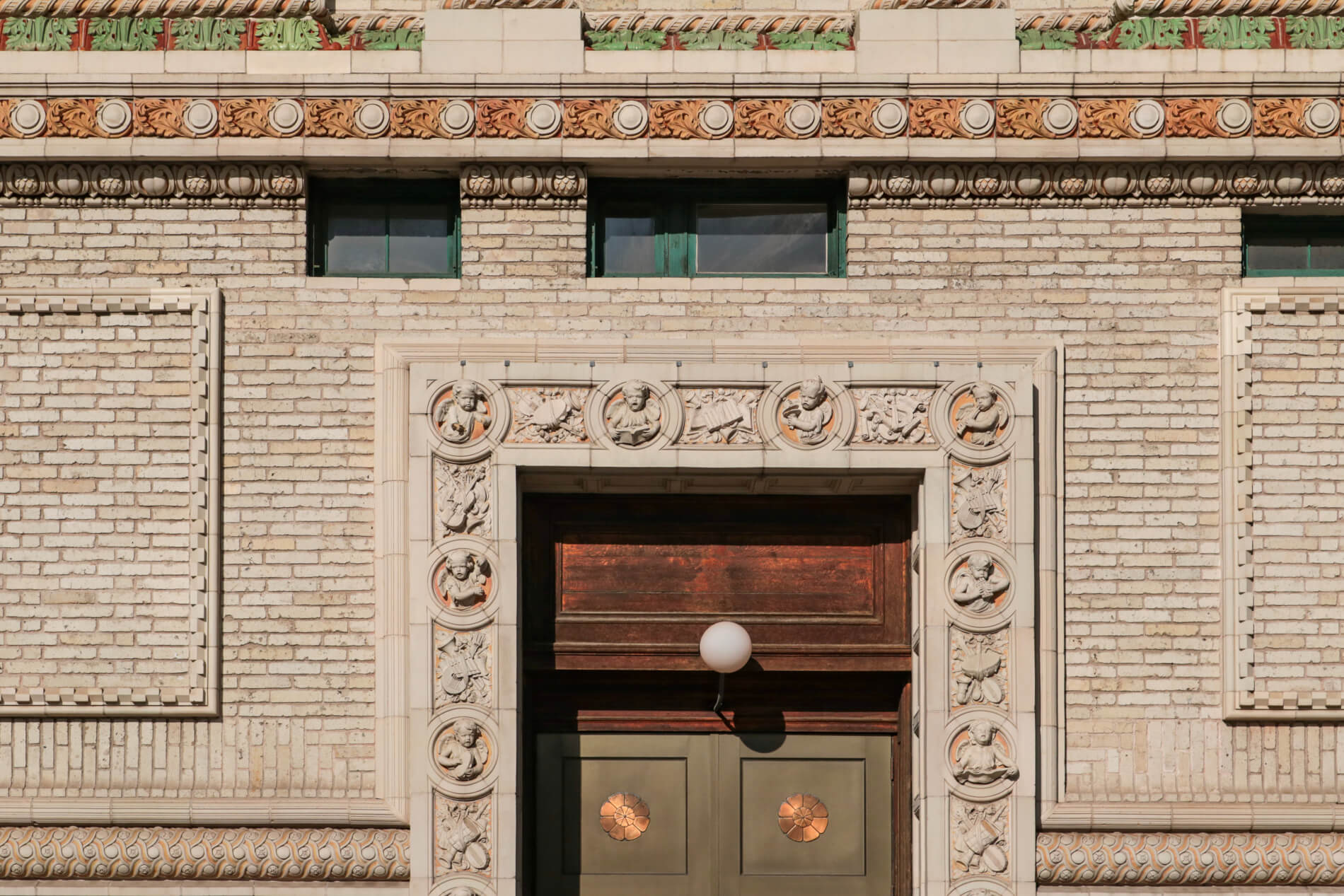
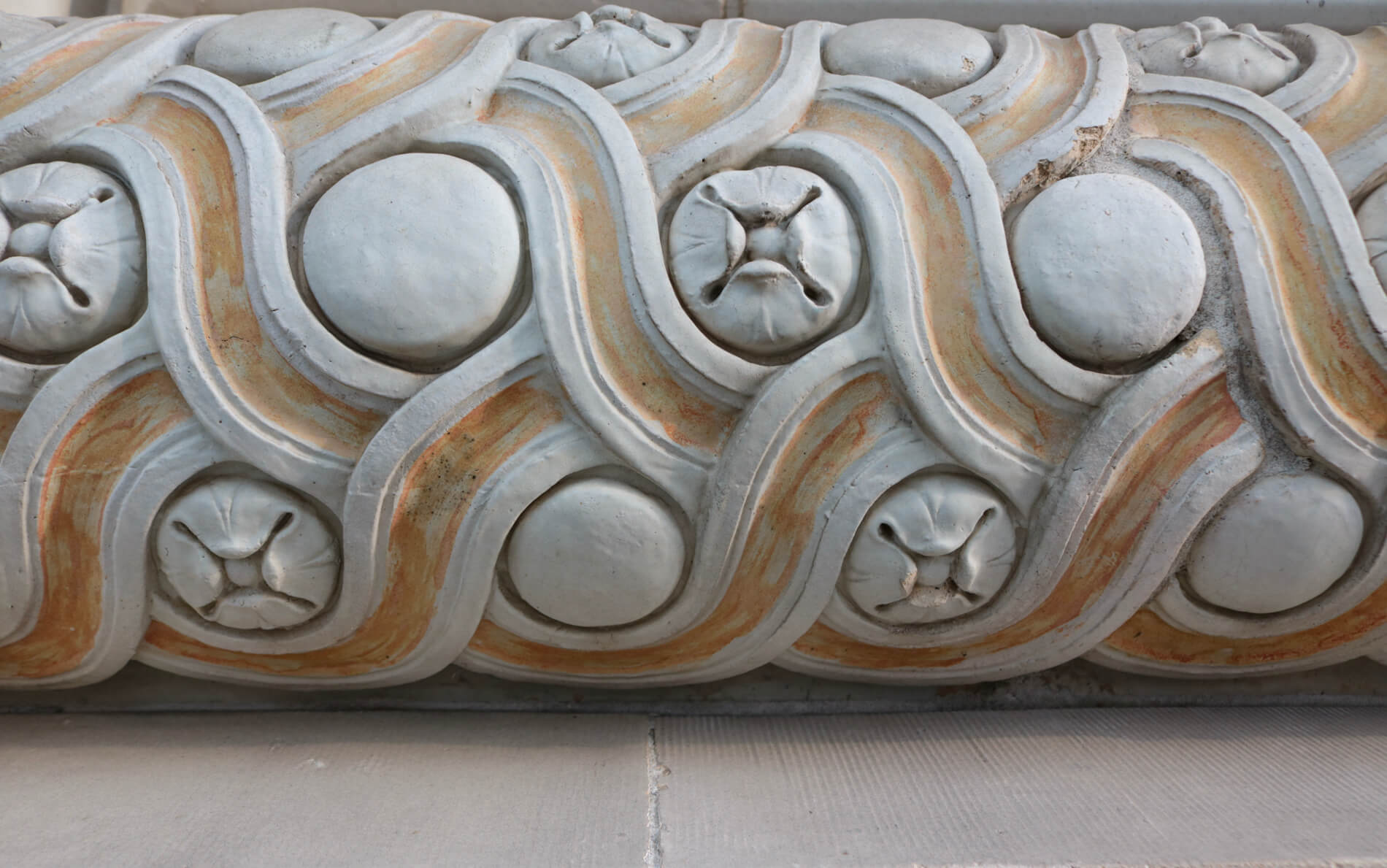
After seeing what was possible in natural and white glazed terra-cotta, it was natural to wonder about color. After all, pottery was fired in all kinds of glazes, so why not ornamental architectural terra-cotta?
By the late 1890s the Perth Amboy company offered several colors of glaze, and architects began to experiment with polychrome terra-cotta, often with great success.
In Brooklyn, two of the most spectacular of these early efforts are the Brooklyn Academy of Music, built by Herts and Tallent in 1908, and the Brooklyn Masonic Temple in Fort Greene, built in 1908-9, by Lord and Hewlett and Pell and Corbett.
Both projects utilized polychrome terra-cotta from the Atlantic Terra Cotta Co. The rich and varied polychrome ornament on both buildings still is impressive, and showed the variety of style and color available to the architect and customer.
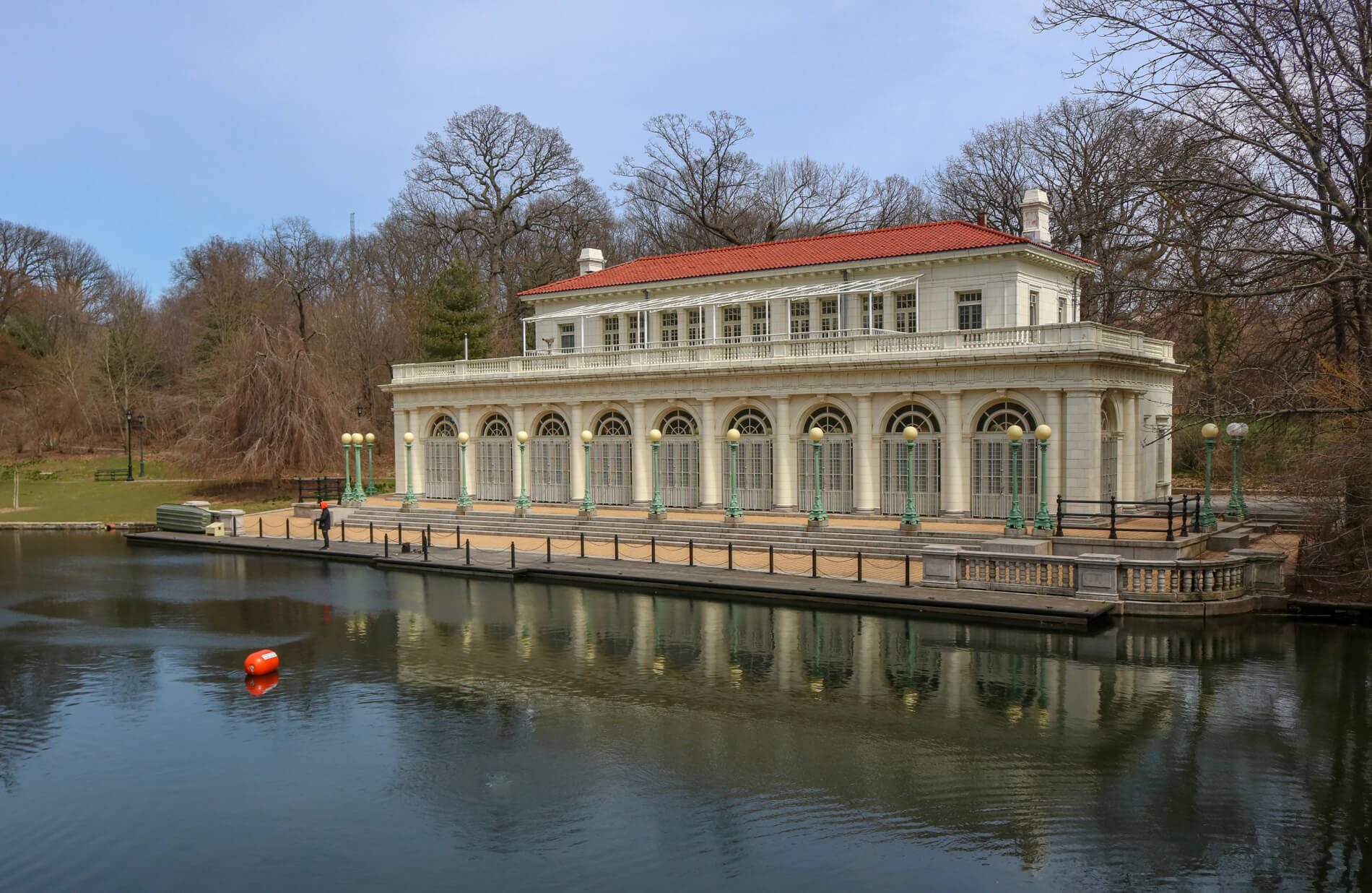
“Color Spreads Glories on City’s Architecture” was the headline of a story in the New York Times about the colorful trend in 1911. Color began to show up on buildings, on tiles in subways, and as ornament inside public areas of hotels and other commercial buildings, often in concert with brilliant white glazed terra-cotta.
Some other early 20th century Brooklyn examples include the 1904 white-glazed Prospect Park Boathouse by Frank Helmle, the Thompson Meter Company on Bridge Street in Dumbo, and the Public Bath No. 7 on 4th Avenue.
Churches, such as St. Ambrose in Bed Stuy, now Mt. Pisgah Baptist, and St. Gregory’s in Crown Heights North, are beautifully ornamented in glazed terra-cotta.
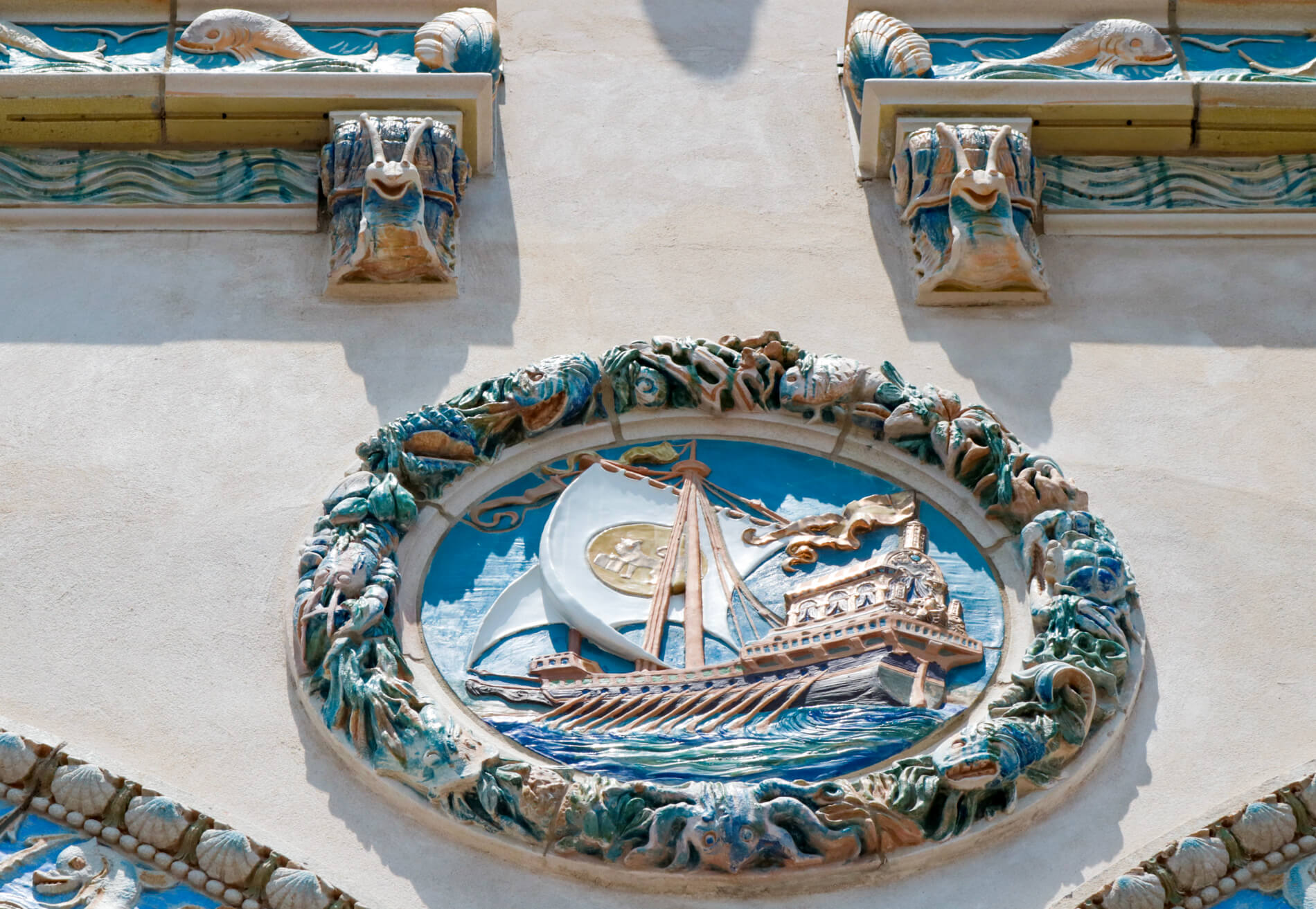
By the late 1920s, into the 1930s, the Art Deco movement had taken architecture to places unknown, with shapes and motifs so unlike that of the previous century. Polychrome terra-cotta ornament was a big part of the style, as was the use of cement colored terra-cotta.
In spite of the interest in polychrome ornament at the time, it remained rare compared to the use of terra-cotta in stone finishes.
I confess, I was surprised to learn that much of what I thought was carved stone in early to mid 20th century buildings is actually terra-cotta, and it is extremely hard to tell the difference between the two.
In Brooklyn from this time period we have the Griffin Apartments in Fort Greene, Childs Restaurant in Coney Island, the Studebaker Building in Crown Heights, and many other smaller storefronts and commercial venues. Movie theaters were often highly decorated in terra-cotta, as shown in two Crown Heights theaters.
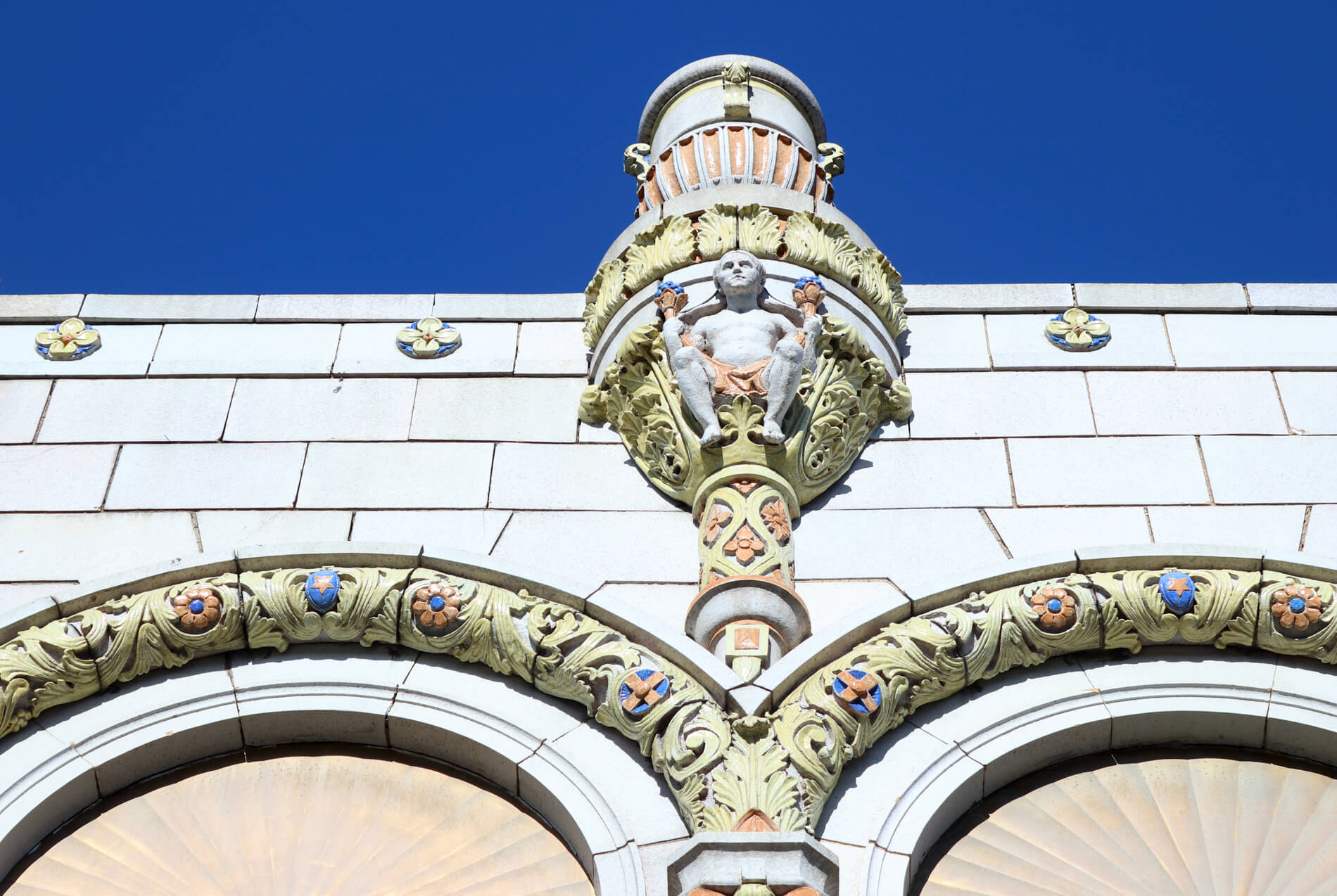
The Depression halted a lot of building projects, but the WPA utilized terra-cotta as murals and reliefs on buildings in New York, and Robert Moses’ parks projects commissioned thousands of glazed terra-cotta signs for restrooms and other public venues.
But by the end of World War II, the terra-cotta business had trickled away to next to nothing. Ornament in modern architecture was anathema, and there just wasn’t enough business to keep the larger factories going as glass and steel replaced brick and terra-cotta.
The massive row of kilns and the factory buildings that filled the five-acre waterfront Atlantic Terra-Cotta Company are long gone. Today, only two major manufacturers remain: the Boston Valley Terra-Cotta Company in Orchard Park, N.Y, and Gladding, McBean and Co. in California. They both manufacture new product and restore historic buildings.
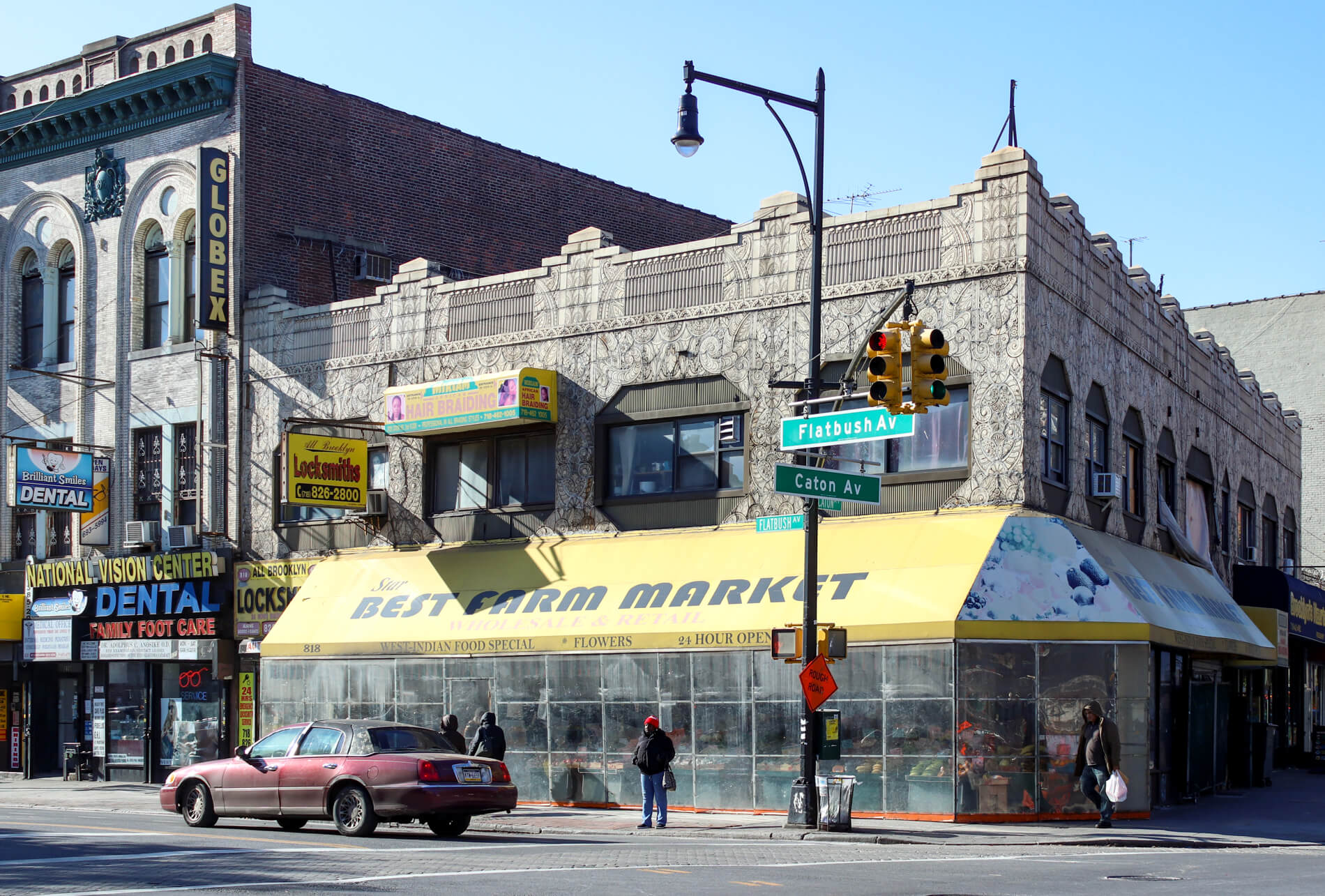
We can still find glazed and polychrome terra-cotta in unexpected places, especially in 20th century buildings. Take a look around. Maybe clean a brick or some ornament with your sleeve and see the sheen of a ceramic glaze.
It’s there.
For more information and great photographs of terra-cotta in New York City, please see Susan Tunik’s excellent book “Terra-Cotta Skyline,” and for more information about preserving our terra-cotta buildings, see the Friends of Terra-Cotta website.
[Photos by Susan De Vries unless noted otherwise]
Related Stories
- Look Out for This Eye-Catching Terra-Cotta Art Deco Doorway in Bed Stuy
- A Whirling Web of Art Deco Pattern on Flatbush Avenue
- This Exuberantly Colorful Terra Cotta Building in Crown Heights Housed Bowling and Billiards
Email tips@brownstoner.com with further comments, questions or tips. Follow Brownstoner on Twitter and Instagram, and like us on Facebook.





What's Your Take? Leave a Comment